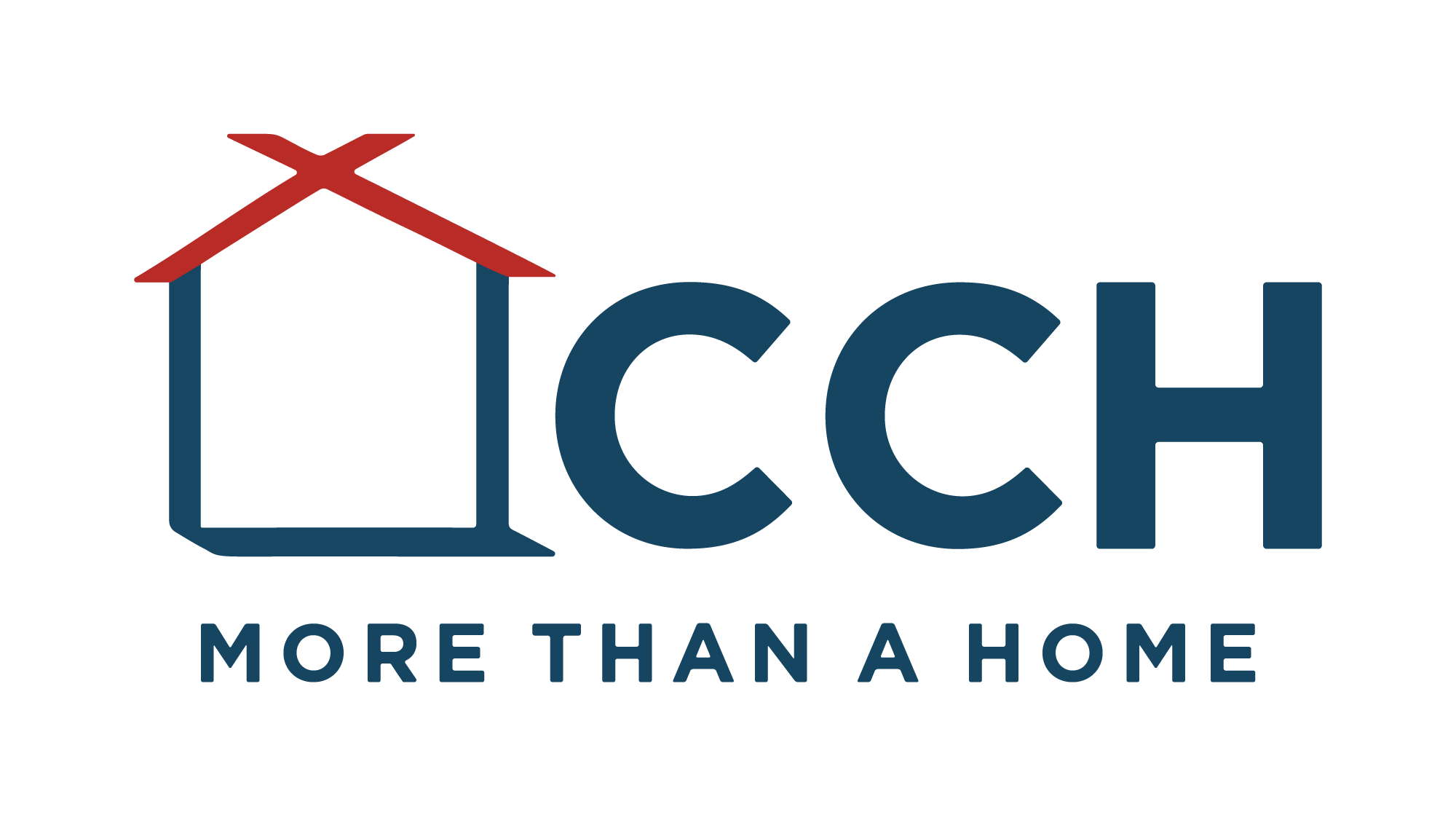 Service Coordinators serve as conduits between our CCH residents and local nonprofits that provide a myriad of services to low income seniors. Coordinators also help residents understand documents such as bills or statements which often convey critical information or deadlines affecting services or subsidies they receive. Recently one of our coordinators, Kerensa Doss, helped a resident in dire circumstances. The journey speaks to the supportive role our staff play in the lives of our residents.
Service Coordinators serve as conduits between our CCH residents and local nonprofits that provide a myriad of services to low income seniors. Coordinators also help residents understand documents such as bills or statements which often convey critical information or deadlines affecting services or subsidies they receive. Recently one of our coordinators, Kerensa Doss, helped a resident in dire circumstances. The journey speaks to the supportive role our staff play in the lives of our residents.
If you could buy peace of mind for $18.90, would you do it? Sounds simple doesn’t it? Yet, it was anything but easy for a low income senior resident living in affordable housing when she notified by the Napa County Health and Human Services she was required to pay $630 for critical services when her total income is only $1300 per month.
In January 2017, Jefferson Street Senior Housing Service Coordinator Kerensa Doss was approached by one of our residents who received the notice stating she would now be charged $630 for her In-Home Support Service (IHSS). Prior to this letter, this expense had been paid by the county. The resident is an 80+ year old woman with very limited mobility who depended on IHSS to take her to medical appointments, clean her home and help her grocery shop. Of course, she was devastated.
Often, the cost of IHSS is covered by the county unless the recipient earns above a baseline amount which is calculated individually based on reported income and other factors. Income above their baseline requires the recipient of the services to pay a share of the cost for said service. Upon conferring with the IHSS case worker, Kerensa learned that according to records the resident would once again be eligible of IHSS if her health care insurance costs exceeded $106. In January her payment had dropped from $106 to $87.10. The solution seemed simple which was to call the insurance provider, in this case, Kaiser Permanente and add a vision and dental plan. However, regardless of the number of additional services added, the cost to this senior resident was never more than $87.10 but, at the time, the reason was unclear. When Kerensa spoke to Kaiser Member Services which said they could not explain why there appeared to be a cap on the resident’s insurance deductible.
As the first month into the investigation occurred, the resident borrowed money to pay the $630 for critical services. Kerensa managed to secure Meal on Wheels services so she at least had food but time was ticking.
While searching her files, the resident discovered a letter from December 2016 from Social Security which stated she qualified for a low income assistance program. She had checked the box requesting more information but never received further details. Unbek
nownst to her, she had been automatically enrolled in Social Security’s low income assistance program. To convolute and compound the issue, in this same letter, Social Security had offered to deduct the cost of her insurance automatically from her Social Security check in an effort to make her life easier. It would be one less check that she would need to write and track.
Kerensa persisted and found a staff person in the Kaiser Enrollment Department in the state of Missouri whose system enabled them to confirm a cap on insurance charge for low income residents in Napa County. They stated this was the result of a negotiated agreement between Social Security and Kaiser. Anyone 65 years or older with certain income levels pays the same $87.10 fee regardless of the number of services. Ultimately, this resulted in “Share of Cost” Medi-Cal fees for this resident. Kerensa received a clue when she called the Medi-Cal Financial Assistance department and they told her they could see that some entity was somehow paying for a portion of the resident’s fees.
Yet, this negotiated cap was not visible to either Napa County Health and Human Services or Kaiser Member Services.
At this point, into the second month of investigation, the resident could no longer pay for IHSS and struggled terribly to care for herself. The situation had become dire.
Every participant from Social Security, the County of Napa and Kaiser Permanente earnestly sought to help the senior resident but their income assistance programs and lack of transparency among the participants surprisingly caused her to now become ineligible for desperately needed IHSS.
So Kerensa attempted to terminate participation in the Social Security healthcare assistance program but doing so would have caused the resident to lose the substantial subsidy she needed to pay for high-cost prescription drugs. Moreover, if she pulled out of the program, she’d now pay hundreds of dollars rather than tens of dollars for her medication. Thus, she decided to stay in the program. The only way to restore the IHSS was to seek an additional dental and vision plan through AARP, despite already having this coverage through Kaiser. As she was currently paying $87.10, she consequently added another $26 to her healthcare expense which now made her eligible for receive IHSS at no cost to the resident.
Two months later, the resident now has the needed support back and has been credited money she had paid for IHSS. The resident shared, “I can now sleep at night and have time to worry about my children again.”
As for Kerensa, she is a real hero as are all Service Coordinators who spend their valuable time helping residents navigate the dizzying labyrinth of programs processes that make up Social Service. Kerensa comments, “Be persistent. Presume state and company employees on the other side are doing their best. Look at the problem from different angles. Ask for documents that may seem unrelated because they may be the missing puzzle piece. Finally, have lots of patience.”




